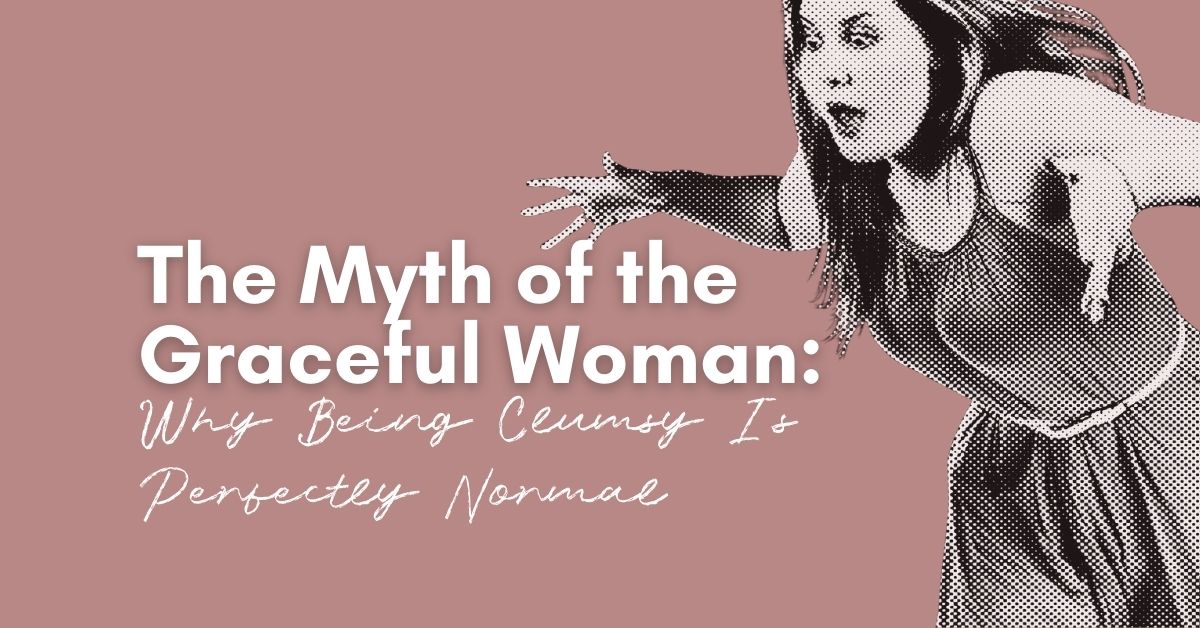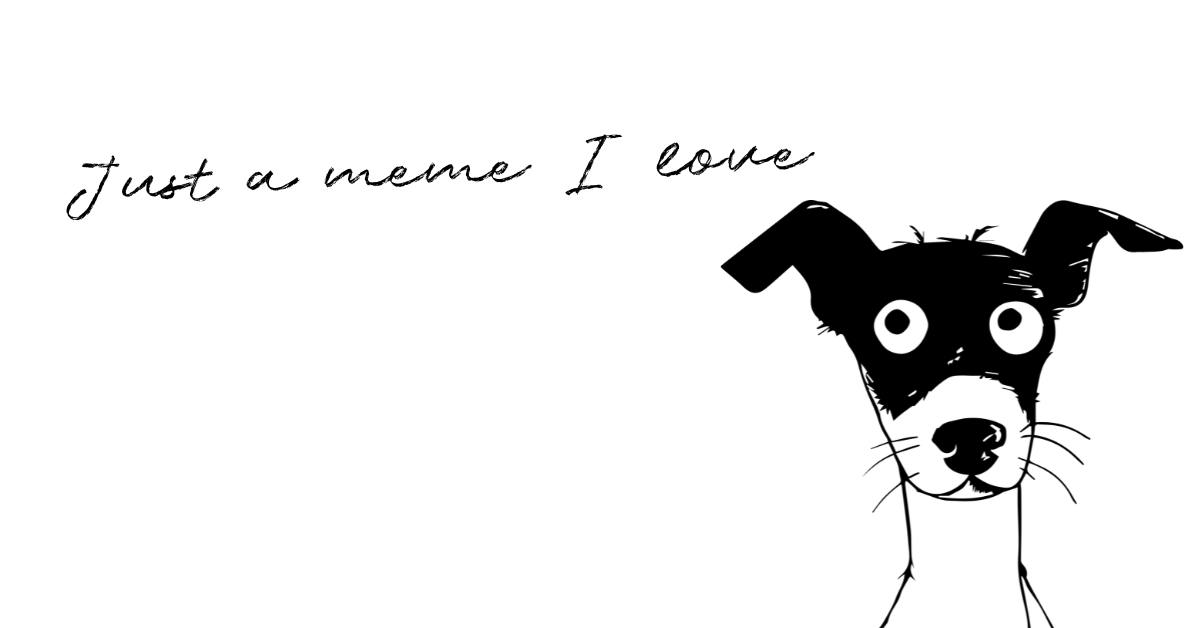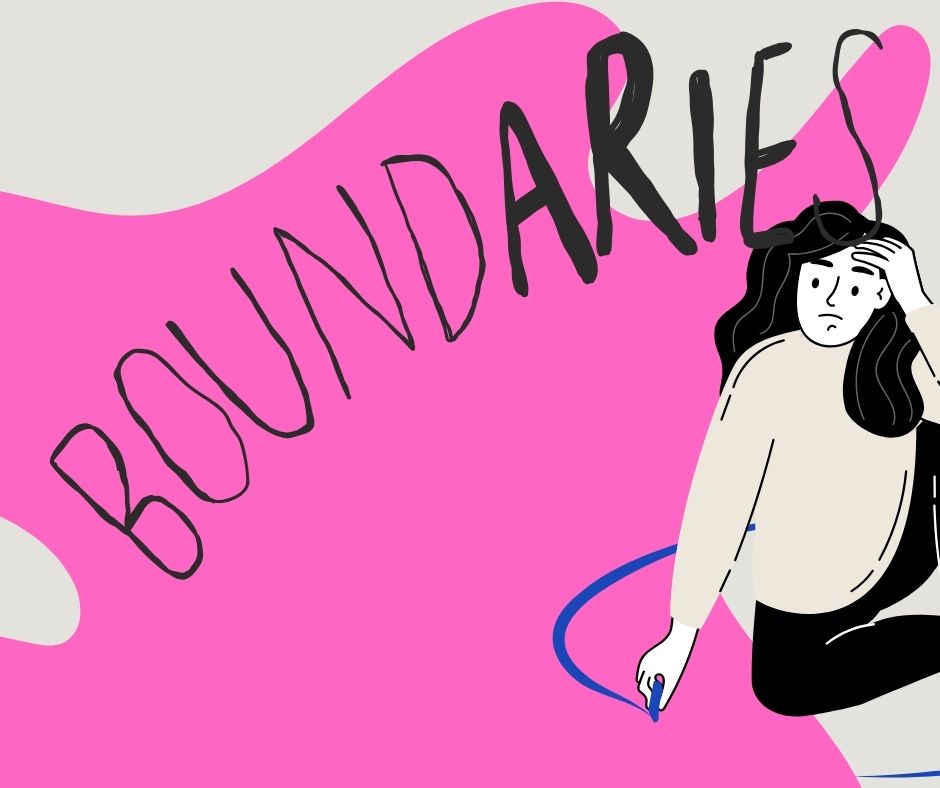Let’s be real: when someone pushes your buttons, mindfulness is usually the last thing on your mind. You want to lash out, shut down, defend yourself, or run for cover.
I know that feeling very well. For years, my reactions ran the show — and let me tell you, it rarely worked out in my favour.
But here’s what I’ve learned: sometimes the most powerful move isn’t saying the perfect comeback (as tempting as that is), or holding it all together like some Zen robot. Sometimes, the game-changer is the pause — that breath, that tiny moment where you resist the urge to react.
It sounds simple, doesn’t it?
It’s not.
But it is possible. And it changes everything.
Why Do We React Without Thinking?
When you’re stressed, angry, or overwhelmed, your body flips into survival mode: fight, flight, freeze, or fawn. That passive-aggressive text? That dismissive tone? Your brain treats it like you’re being chased by a lion.
You can’t logic your way out of a stress response — not in the moment. But you can learn to notice the signs and make space between trigger and response. That’s where emotional regulation begins.
How to Practice the Pause (Even When It Feels Impossible)
There’s no one-size-fits-all approach here. But these simple mindfulness techniques can help you interrupt the pattern — and choose your next move, rather than letting it choose you.
1. Notice Your Body’s Signals
Does your heart start racing? Do you clench your jaw? Feel heat rising in your chest? That’s your nervous system sounding the alarm.
Pay attention — it’s your cue to hit pause.
2. Name the Feeling
Label it internally: “I’m feeling defensive.” Or “This hurts.”
Naming an emotion creates just enough distance to break the autopilot response.
3. Take One Conscious Breath
You don’t need a full meditation session. Just one slow breath — in… out.
Tell your body: We’re safe. We don’t need to explode.
4. Delay the Response
Say:
“Give me a second.”
“I need a moment to think.”
It might feel awkward at first, but it creates space. And in that space? That’s where your power lives.
5. Move Your Body
If possible, walk away. Even just pacing the room helps. Movement clears the static and calms your system.
Why This Mindfulness Practice Matters
Pausing isn’t about being passive or letting people walk over you. It’s about choosing your response, not being hijacked by emotion or trauma.
Sometimes my pause looks messy — biting my lip, rummaging for my lip balm instead of saying something I’ll regret, or literally sitting on my hands.
But every time I choose to pause instead of react, I’m rebuilding trust with myself.
You Don’t Have to Be Perfect — Just Present
This is a practice. You’ll mess up. I still do.
But if you catch yourself one second earlier than you did last time? That’s progress.
We don’t have to be perfect. We just have to be present enough to try again.
💬 Let’s Talk
How do you stay calm under pressure?
Do you have a trick, phrase, or grounding tool that helps you pause before reacting?
Drop it in the comments — someone out there might need exactly what you’ve figured out. Or join the Facebook Group and joining the support circle.
✨ Ready to Take Back Control of Your Reactions?
Learn how to pause before reacting with this beautifully designed, printable journaling workbook.
Whether you’re dealing with stress, conflict, or emotional overload, these prompts will help you reflect, reset, and respond with intention.
Click the button below to download your FREE “Pause Before You React” workbook.



